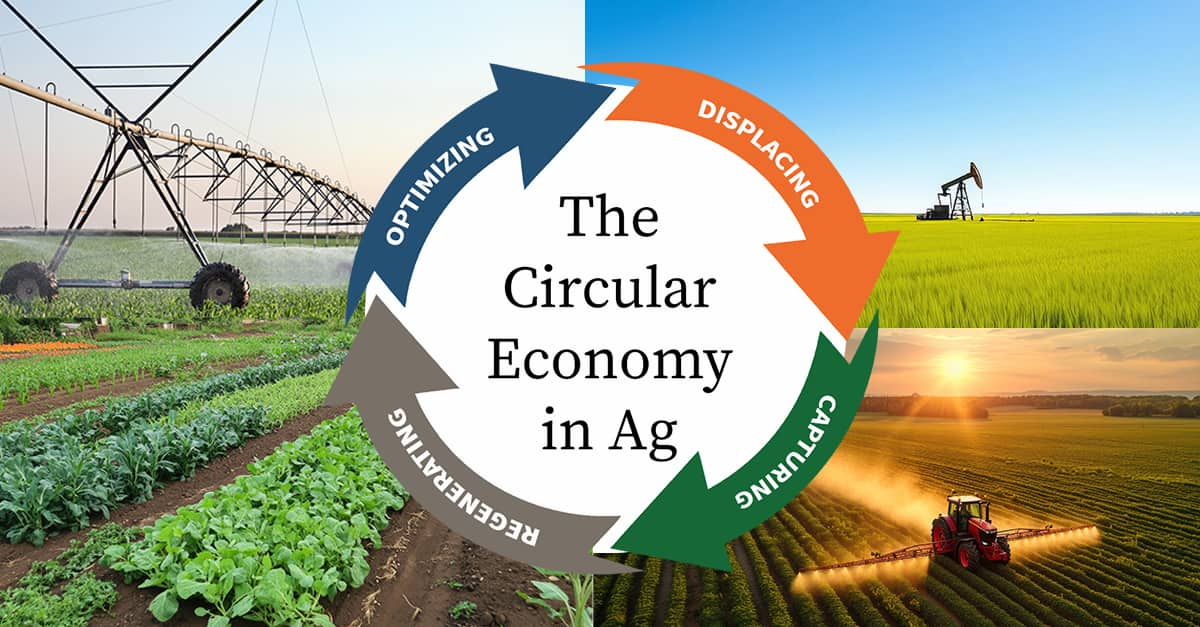AgriThority® Research Manager Ignacio Colonna presented an analysis of Soybean Germination Quality in the Argentinian Pampas at the Argentinian Seed Congress presentation. Below, read a summary of the presentation, “Variability within and across years in the quality of soybean germination in the Argentinean Pampas: Analysis of a 5-year database.”
In the Argentinean Pampas region, significant variability in soybean seed quality exists within and between years. The objective of this work is, through the analysis of a comprehensive database, analyzed patterns in this variability and attempt their modeling for the development of predictive tools that allow early selection of seed lots.
-
-
-
- The analysis was based on 13,858 standard Seed Germination (SG) values and 6,734 Cold Test (CT) values from the 2015 to 2020 harvests in the Argentinean central farming region .
-
- Bi-linear regressions were adjusted for SG and CT as a function of the date of receipt of samples in order to quantify the time threshold and rate of decline in both variables.
-
- Across-year analysis showed a mean pattern with stable SG values until April 15, followed by a statistically significant decrease (p <0.05) of SG of 1.4% every 10 days.
-
- The analysis within years included one case without significant variation in SG (2017) and 5 years with decreases between 1.2% (2015) and 3.7% (2018) every 10 days.
-
-
The onset of this decline corresponded to a time wind down including the first 2 weeks of May for 4 years and the last week of March for 2016. The CT values started their decrease approximately 30 days later than SG and fell at a higher rate (2.6% every 10 days).
These results suggest that there are consistent patterns of soybean seed quality decline in the Argentine Pampas, potentially predictable through the use of weather variables.
See the poster and read the Spanish translation below.

Variación intra e inter anual en la calidad de germinación en soja en la región pampeana: Análisis de una base de datos para los años 2015 a 2020
En la región pampeana Argentina existen variaciones importantes en la calidad de semilla de soja, dentro y entre años. El objetivo de este trabajo es, mediante el análisis de una base de datos masiva estudiar estos patrones de variación e intentar su modelado para el desarrollo de herramientas predictivas que permitan la selección temprana de lotes.
-
-
-
- El análisis se basó en 13.858 valores de Poder Germinativo estándar (PG) y 6734 valores de Test de Frio (TF) provenientes de la Zona Núcleo tras las cosechas 2015 a 2020.
- Se ajustaron regresiones bi-lineales para PG y TF en función de la fecha de recepción de muestras con el objetivo de cuantificar momento de inicio y su tasa en la caída.
- El análisis global mostró un patrón promedio con valores estables de PG hasta el 15 de abril seguido por una disminución estadísticamente significativa (p<0.05) del PG de 1,4% cada 10 días.
- El análisis por año incluyó un caso sin variación significativa (2017) y 5 años con disminuciones entre 1,2% (2015) y 3,7% (2018) cada 10 días.
-
-
El inicio de esta caída correspondió fechas de los primeros 15 días de mayo para 4 años y fines de marzo para 2016. Los valores de TF iniciaron su disminución aproximadamente 30 días más tarde a una tasa mayor (2,6% cada 10 días).
Estos resultados sugieren que en la región pampeana existen patrones frecuentes de disminución de calidad de semilla de soja, potencialmente predecibles mediante el uso de variables meteorológicas.
—
Petinari, A.1; Costa, R.1 y Colonna, I.2
1Rayen Laboratorios, Pergamino, www.rayenlab.com.ar/
2 AgriThority, www.agrithority.com/ – Ignacio.colonna@agrithority.com


